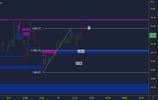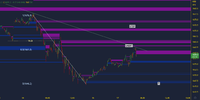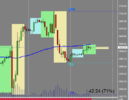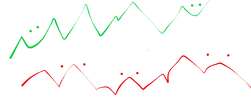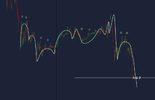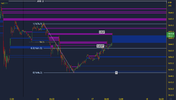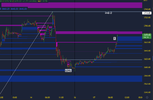- Joined
- 17 August 2006
- Posts
- 8,007
- Reactions
- 8,775
When the prices retraces to my buy point, the cumulative volume of the downswing must be significantly lower than the initial up swing.
Absolutely (in my own humble and un-tested opinion)
I remember you and @Trembling Hand used to have some 'Robust' conversations (back in the dark ages, lol), regarding many Futs/general trading situations.
If TH is potentially still lurking, I for one (and I assume you would be of the same opinion @Gringotts Bank ), would really appreciate his input in these difficult times




